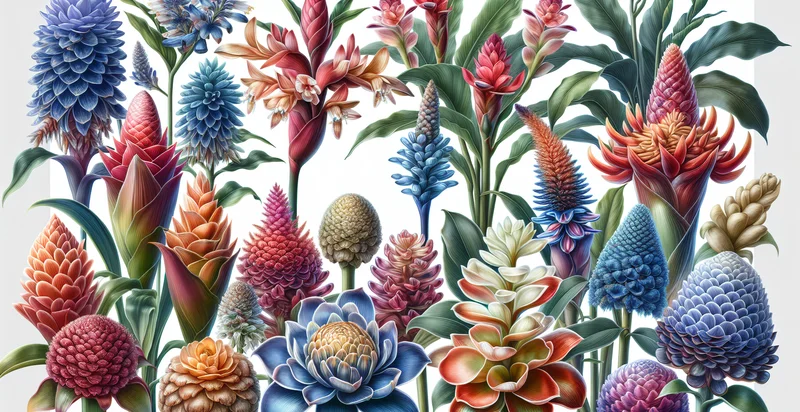Identify garlic species
using AI
Below is a free classifier to identify garlic species. Just upload your image, and our AI will predict what type of garlic species it is - in just seconds.

Contact us for API access
Or, use Nyckel to build highly-accurate custom classifiers in just minutes. No PhD required.
Get started
import nyckel
credentials = nyckel.Credentials("YOUR_CLIENT_ID", "YOUR_CLIENT_SECRET")
nyckel.invoke("garlic-species", "your_image_url", credentials)
fetch('https://www.nyckel.com/v1/functions/garlic-species/invoke', {
method: 'POST',
headers: {
'Authorization': 'Bearer ' + 'YOUR_BEARER_TOKEN',
'Content-Type': 'application/json',
},
body: JSON.stringify(
{"data": "your_image_url"}
)
})
.then(response => response.json())
.then(data => console.log(data));
curl -X POST \
-H "Content-Type: application/json" \
-H "Authorization: Bearer YOUR_BEARER_TOKEN" \
-d '{"data": "your_image_url"}' \
https://www.nyckel.com/v1/functions/garlic-species/invoke
How this classifier works
To start, upload your image. Our AI tool will then predict what type of garlic species it is.
This pretrained image model uses a Nyckel-created dataset and has 20 labels, including Artichoke Garlic, Asian Garlic, Black Garlic, Bloody Butcher Garlic, Creole Garlic, Elephant Garlic, Hardneck Garlic, Inchelium Red Garlic, Lorz Italian Garlic and Metechi Garlic.
We'll also show a confidence score (the higher the number, the more confident the AI model is around what type of garlic species it is).
Whether you're just curious or building garlic species detection into your application, we hope our classifier proves helpful.
Related Classifiers
Need to identify garlic species at scale?
Get API or Zapier access to this classifier for free. It's perfect for:
- Crop Quality Assessment: This function can be utilized by farmers and agricultural researchers to identify different species of garlic. By analyzing garlic samples, they can determine quality parameters and make informed decisions on cultivation practices, contributing to better crop yield and management.
- Supply Chain Traceability: Distributors and retailers can use this image classification tool to ensure that the garlic species they are purchasing and selling are accurately identified. This promotes transparency in the supply chain, helping to avoid mislabeling and ensuring compliance with food safety regulations.
- Culinary Ingredient Verification: Restaurants and food manufacturers can employ this function to verify the species of garlic being used in their recipes. Ensuring the correct type of garlic can enhance flavor profiles and uphold culinary standards, which is crucial for brand reputation.
- Research and Development: Researchers can leverage the garlic species identifier in botanical studies to classify samples from different geographic regions. This can lead to discoveries about genetic diversity, pest resistance, and potential breeding programs.
- Educational Tool for Botany Classes: Educational institutions can incorporate this classification function in their curriculum for botany or horticulture classes. Students can gain hands-on experience with real-time identification of garlic species, enhancing their learning through practical application.
- Food Fraud Detection: Food safety organizations can utilize this tool to combat food fraud by ensuring that the garlic sold in the market matches its labeled species. This helps protect consumers from inferior substitutes and promotes integrity within the food industry.
- Home Gardening Assistance: Gardening apps can integrate this garlic species identifier to help amateur gardeners select the right garlic varieties for their home gardens. By providing tailored recommendations based on species identification, users can optimize their gardening efforts for better results.


